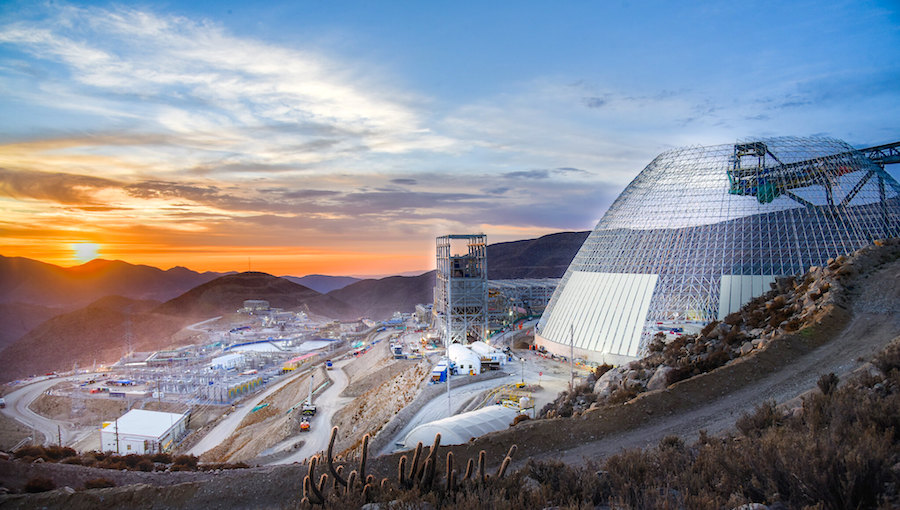
First ore at the Quellaveco mine, located in the Moquegua region of Peru, was mined in October 2021, Anglo American said. The company expects the asset to generate between 120,000 and 160,000 tonnes of copper this year, and 300,000 tonnes per year for the first 10 years at full production.
Chief executive Mark Cutifani highlighted the increase in copper production achieve at the Collahuasi mine in Chile, saying it was a result of “strong plant performance and planned maintenance.”
The mine, the world’s second largest copper mine in which Anglo American has a 44% interest, produced 277,200 tonnes of copper last year, compared to 276,900 tonnes in 2020. The most important output increase was registered in the four quarter of 2021, as Collahuasi produced 66,000 tonnes of copper, 11% more than in the same period of 2020.
The mine results helped offset an 11% decrease in production at the company’s Los Bronces mine in Chile in the last quarter of to 84,900 tonnes of copper.
Copper accounts for nearly 20% of Anglo American’s annual revenue.
Scrawny pipeline
While copper projects are in the pipeline, producers are wary of repeating oversupply mistakes of past cycles by speeding up plans at a time when mines are getting a lot trickier and pricier to build — one reason why copper prices have traded around decade highs, reaching $9,929 a tonne on Wednesday in London.
Click here for an interactive chart of copper prices.
The copper industry needs to spend upwards of $100 billion to close what could be an annual supply deficit of 4.7 million metric tonnes by 2030, according to estimates from CRU Group. The potential shortfall could reach 10 million tonnes if no mines get built, commodities trader Trafigura has said.
BMO Capital Markets has warned that current copper prices are to elevated relative to fundamental, but the metal remains its top pick in the longer term due to “its perennially disappointing supply side and strategic role in global decarbonization.”




